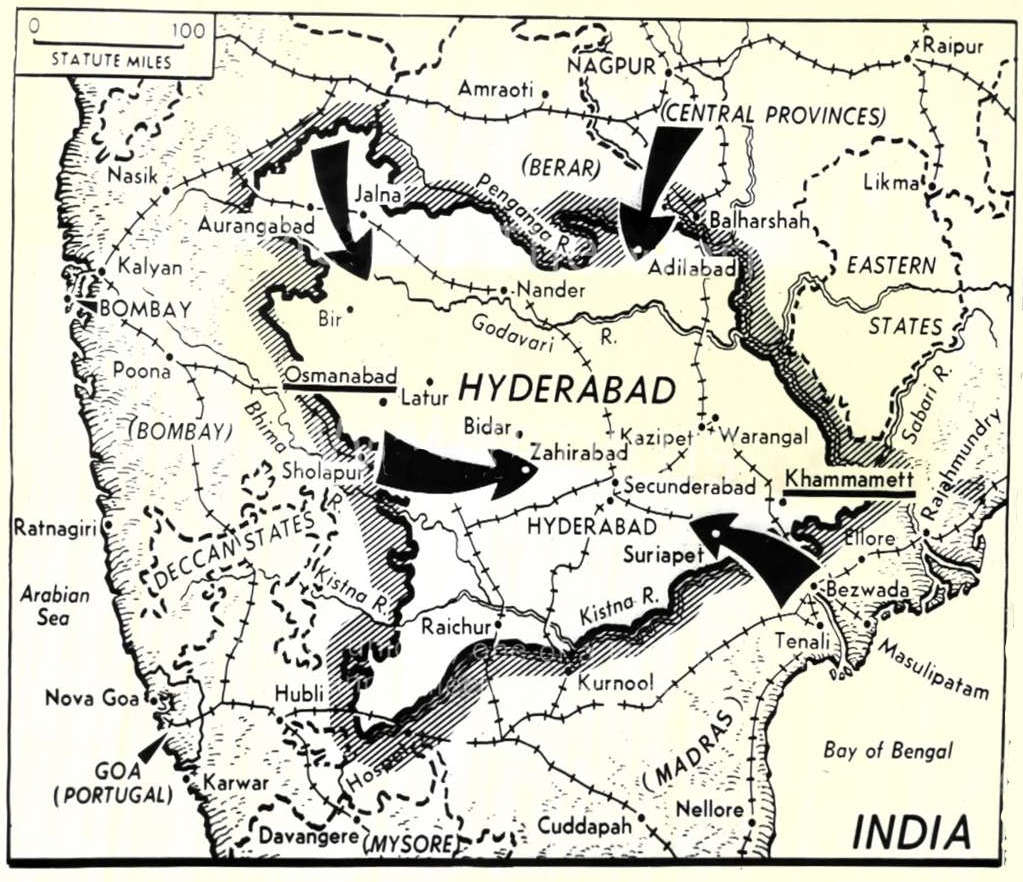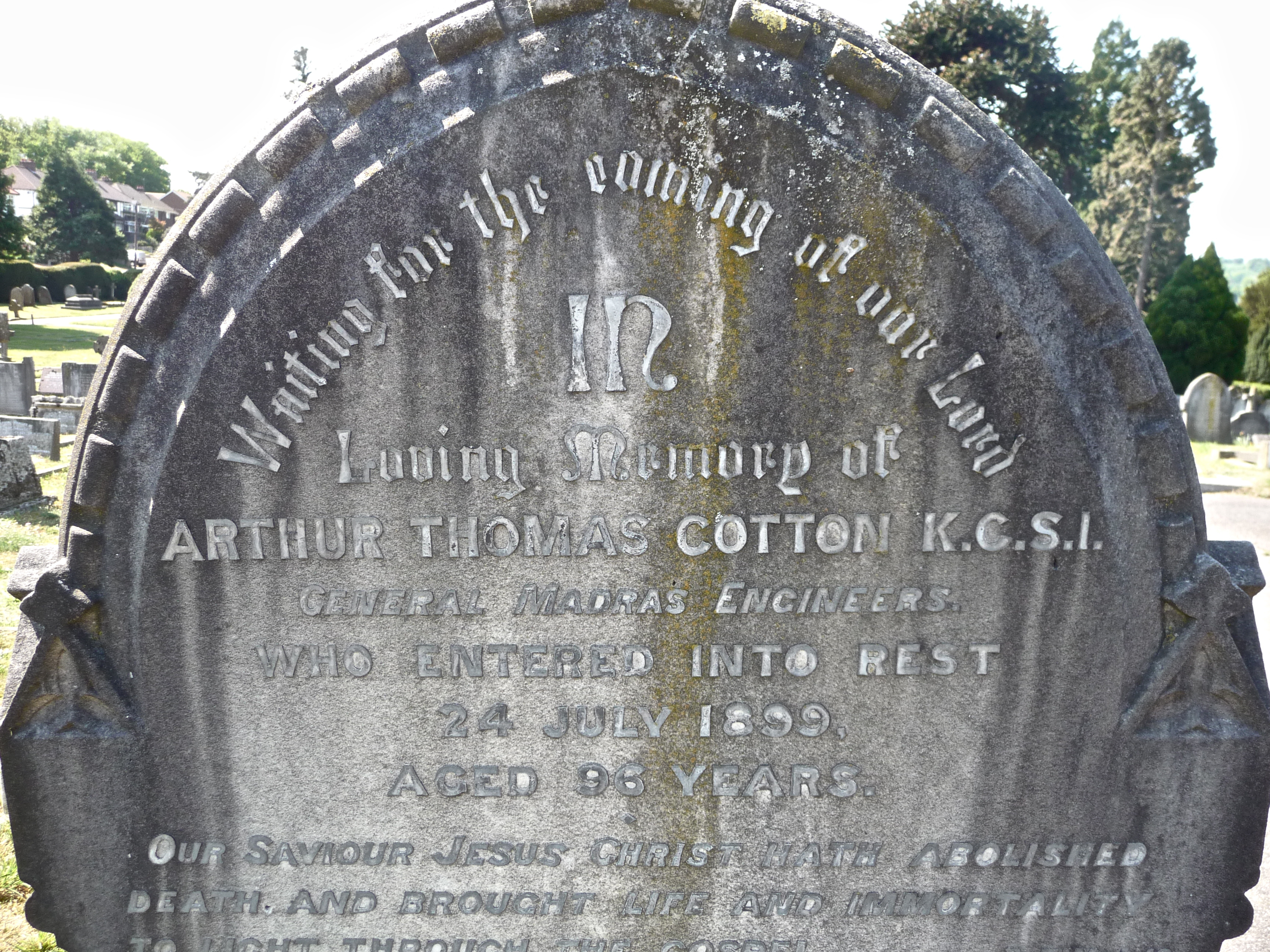|
Tungabhadra Dam
The Tungabhadra Dam, also known as Pampa Sagar, is a water reservoir constructed across the Tungabhadra River in the city of Hosapete Bellary district, Karnataka, India. It is a multipurpose dam serving irrigation, electricity generation, flood control, ''etc''. for the state. It is one of the only two non-cement dams in India, the other being the Mullaperiyar Dam in Kerala. The dam is built of ''surki'' mortar, a combination of mud and limestone, commonly used at the time of its construction. The dam was a joint project undertaken in 1949 by the erstwhile Kingdom of Hyderabad and Madras Presidency when the construction began; later, after India's constitution into a republic in 1950, it became a joint project between the governments of Mysore State (now Karnataka) and Hyderabad State (now Telangana). The construction was completed in 1953. The Tungabhadra Dam has withstood the test of time for over 70 years and is expected to well cross many more decades. The chief architect ... [...More Info...] [...Related Items...] OR: [Wikipedia] [Google] [Baidu] |
Government Of India
The Government of India (ISO: ; often abbreviated as GoI), known as the Union Government or Central Government but often simply as the Centre, is the national government of the Republic of India, a federal democracy located in South Asia, consisting of 28 union states and eight union territories. Under the Constitution, there are three primary branches of government: the legislative, the executive and the judiciary, whose powers are vested in a bicameral Parliament, President, aided by the Council of Ministers, and the Supreme Court respectively. Through judicial evolution, the Parliament has lost its sovereignty as its amendments to the Constitution are subject to judicial intervention. Judicial appointments in India are unique in that the executive or legislature have negligible say. Etymology and history The Government of India Act 1833, passed by the British parliament, is the first such act of law with the epithet "Government of India". Basic structure The gover ... [...More Info...] [...Related Items...] OR: [Wikipedia] [Google] [Baidu] |
Government Of Tamil Nadu
Government of Tamil Nadu is the subnational government for the Indian state of Tamil Nadu. It is seated at Fort St George, Chennai. The legislature of Tamil Nadu was bicameral until 1986, when it was replaced by a unicameral legislature, like most other states in India. Structure The Governor is the constitutional head of state while the Chief Minister heads the council of ministers. The Chief Justice of the Madras High Court is the ''head of the judiciary''. Officials M. K. Stalin is the Chief Minister of Tamil Nadu. Munishwar Nath Bhandari is the acting Chief Justice of Madras High Court. The Chief Secretary is V. Irai Anbu, IAS. Administrative divisions The state of Tamil Nadu has a population of 72,138,959 as per the 2011 Census and covers an area of 130,058 km2. The major administrative units of the state constitute 38 districts, 76 revenue divisions, 220 taluks, 21 municipal corporations, 150 municipalities, 385 panchayat unions (blocks), 561 town pan ... [...More Info...] [...Related Items...] OR: [Wikipedia] [Google] [Baidu] |
Krishna Raja Sagara
Krishna Raja Sagara, also popularly known as KRS, is a lake and the dam that creates it. They are close to the settlement of Krishna Raja Sagara in the Indian State of Karnataka. The gravity dam made of ''surki'' mortar is below the confluence of river Kaveri with its tributaries Hemavati and Lakshmana Tirtha, in the district of Mandya. Krishna Raja Wadiyar IV Maharaj of Mysore constructed the dam during the famine despite the critical financial condition in State. It was after him that the dam was named. There is an ornamental garden, Brindavan Gardens, attached to the dam. Background The region of Mysore and especially Mandya had historically been dry and had witnessed mass migration to adjoining areas in the hot summers. A severe drought in 1875–76 had wiped out one-fifth of the population of the Kingdom of Mysore. Crop failures were common due to lack of water for irrigation. The Kaveri river was seen as a potential source of irrigation water for the farmers in and around ... [...More Info...] [...Related Items...] OR: [Wikipedia] [Google] [Baidu] |
Diwan Of Mysore
The diwan of Mysore, also spelled dewan of Mysore, synonymously the prime minister of Mysore, was the ''de-facto'' chief executive officer of the government of the Kingdom of Mysore and the prime minister and royal adviser to the Maharaja of Mysore. The role evolved in name and responsibilities since the foundation of the fiefdom of Mysore in 1350 and its proper reformation into a kingdom in the following centuries until the kingdom's full abolishment in 1950. With the constitution of India into a republic in 1950, the position was replaced by Chief Minister of Mysore (later renamed Chief Minister of Karnataka). From offering minor political advice to the monarch as ''amatya'' (Sanskrit for minister) like in the Vijayanagara Empire to later acting as a major military chieftain as ''dalvoy'' (Kannada for military chief) like in other southern kingdoms to being the head of the government as '' diwan'' (Persian/Urdu for accountant or chief adviser) like in the Ottoman Empire, th ... [...More Info...] [...Related Items...] OR: [Wikipedia] [Google] [Baidu] |
Annexation Of Hyderabad
Operation Polo was the code name of the Hyderabad "police action" in September 1948, by the then newly independent Dominion of India against Hyderabad State. It was a military operation in which the Indian Armed Forces invaded the Nizam-ruled princely state, annexing it into the Indian Union. At the time of Partition in 1947, the princely states of India, who in principle had self-government within their own territories, were subject to subsidiary alliances with the British, giving them control of their external relations. With the Indian Independence Act 1947, the British abandoned all such alliances, leaving the states with the option of opting for full independence. However, by 1948 almost all had acceded to either India or Pakistan. One major exception was that of the wealthiest and most powerful principality, Hyderabad, where the Nizam, ''Mir'' Osman Ali Khan, Asaf Jah VII, a Muslim ruler who presided over a largely Hindu population, chose independence and hoped to main ... [...More Info...] [...Related Items...] OR: [Wikipedia] [Google] [Baidu] |
Independence Day (India)
Independence Day is celebrated annually on 15 August as a public holiday in India commemorating the nation's independence from the United Kingdom on 15 August 1947, the day when the provisions of the Indian Independence Act, which transferred legislative sovereignty to the Indian Constituent Assembly, came into effect. India retained King George VI as head of state until its transition to a republic, when the Constitution of India came into effect on 26 January 1950 (celebrated as Indian Republic Day) and replaced the dominion prefix, Dominion of India, with the enactment of the sovereign law Constitution of India. India attained independence following the independence movement noted for largely non-violent resistance and civil disobedience. Independence coincided with the partition of India, in which British India was divided along religious lines into the Dominions of India and Pakistan; the partition was accompanied by violent riots and mass casualties, and the ... [...More Info...] [...Related Items...] OR: [Wikipedia] [Google] [Baidu] |
Arthur Hope, 2nd Baron Rankeillour
Arthur Oswald James Hope, 2nd Baron Rankeillour (7 May 1897 – 26 May 1958) was a British politician, soldier and administrator. He was a Conservative and served as Member of Parliament for Nuneaton from 1924 to 1929 and for Birmingham Aston from 1931 to 1939, after which he was Governor of the Madras Presidency of British India from 1940 to 1946. Hope was born to the first Lord Rankeillour in 1897 and had his early education in England. He served with distinction in France during the First World War and entered public life soon after his military service was over. Hope married Grizel Gilmour (daughter of Brig.-Gen. Sir Robert Wolrige Gordon, 8th of Craigmillar and 13th of Liberton, 1st Bt. and Lady Susan Lygon) in 1919 and had four daughters. He died on 26 May 1958, nineteen days after his 61st birthday. Early life Arthur Oswald James Hope was born to James Hope, 1st Baron Rankeillour, by his marriage to Mabel Ellen Riddell, at Marylebone, England on 7 May 1897. His fat ... [...More Info...] [...Related Items...] OR: [Wikipedia] [Google] [Baidu] |
Azam Jah
Azam Jah, Damat Walashan Sahebzada Nawab Sir Mir Himayat Ali Khan Siddiqi Bahadur Bayaffendi ( ur, اعظم جاہ داماد والاشان صاحب زادہ نواب سر میر حمایت علی خان بہادر بے آفندی) (21/22 February 1907 – 9 October 1970) was the eldest son of the seventh and last nizam of Hyderabad, Mir Osman Ali Khan, Asaf Jah VII and Sahebzadi Azam unnisa Begum, daughter of Sahebzada Mir Jahangir Ali Khan Siddiqi. Life In 1936 he was given the courtesy title of prince of Berar, a territory of the nizam then leased in perpetuity to the British and administered by them. Azam Jah married Princess Durru Shehvar, a member of the House of Osman (formerly of the Ottoman Empire) and the daughter of the last Ottoman Caliph Abdülmecid II, in Nice on 12 November 1932. The marriage failed after producing two sons. On the death of the seventh nizam, the title passed to Azam Jah's elder son, Sahebzada Mir Barkat Ali Khan Siddiqi Mukarram Jah, as eig ... [...More Info...] [...Related Items...] OR: [Wikipedia] [Google] [Baidu] |
Arthur Cotton
General Sir Arthur Thomas Cotton (15 May 1803 – 24 July 1899) was a British general and irrigation engineer. Cotton devoted his life to the construction of irrigation and navigation canals throughout British India. He helped many people by building the Dowleswaram Barrage (Rajamahendravaram), the Prakasam Barrage and the K. C. Canal, Kurnool Cuddappah Canal (K. C. Canal). His dream was only partially realised, but he is still honoured in parts of Andhra Pradesh and Tamil Nadu for his efforts. The Sir Arthur Cotton Museum has been built in his honour in Rajamahendravaram, Andhra Pradesh. The museum holds approximately one hundred images and 15 machine tools that Cotton used when constructing the barrage in Andhra Pradesh from 1847 to 1852. He entered the Madras Engineers in 1819 and fought in the First Burmese War. He was knighted in 1861. He was the father of the evangelist Elizabeth Cotton, Lady Hope, Elizabeth Hope. Biography Arthur Cotton was born on 15May 1803 at Com ... [...More Info...] [...Related Items...] OR: [Wikipedia] [Google] [Baidu] |
Kadapa
Kadapa (colonial spelled Cuddapah) is a city in the southern part of Andhra Pradesh, India. It is located in the Rayalaseema region, and is the district headquarters of YSR Kadapa district. As of the 2022 Census of India, the city had a population of 466,000,a 2.42% increase from 2021.It is located south of the Penna River. The city is surrounded on three sides by the Nallamala and Palkonda Hills lying on the tectonic landscape between the Eastern and Western ghats. Black and Red ferrous soils occupy the region. The city is nicknamed "Gadapa" ('threshold') since it is the gateway from the west to the hills of Tirumala. Kadapa has been under different rulers in its history, including the Cholas, the Vijayanagara Empire and Kingdom of Mysore. Etymology The city's name originated from the Telugu word "Gadapa" meaning threshold or gate. It acquired this name with its relation to the Tirumala Hills; one had to pass through this city in the olden days to reach Tirumala Hills. I ... [...More Info...] [...Related Items...] OR: [Wikipedia] [Google] [Baidu] |






